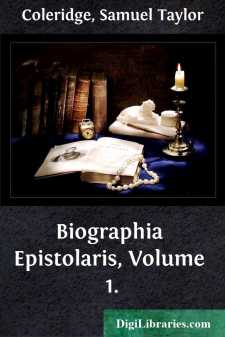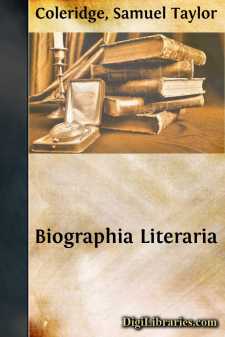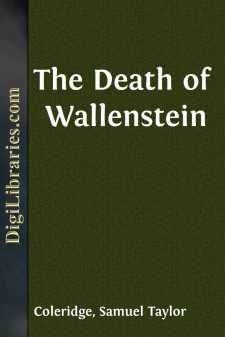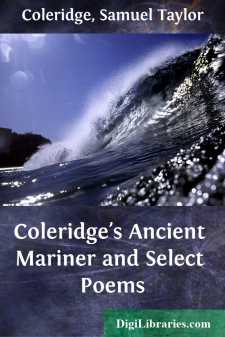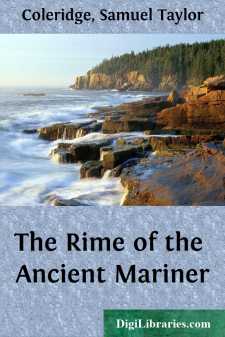Categories
- Antiques & Collectibles 13
- Architecture 36
- Art 48
- Bibles 22
- Biography & Autobiography 813
- Body, Mind & Spirit 142
- Business & Economics 28
- Children's Books 17
- Children's Fiction 14
- Computers 4
- Cooking 94
- Crafts & Hobbies 4
- Drama 346
- Education 46
- Family & Relationships 57
- Fiction 11829
- Games 19
- Gardening 17
- Health & Fitness 34
- History 1377
- House & Home 1
- Humor 147
- Juvenile Fiction 1873
- Juvenile Nonfiction 202
- Language Arts & Disciplines 88
- Law 16
- Literary Collections 686
- Literary Criticism 179
- Mathematics 13
- Medical 41
- Music 40
- Nature 179
- Non-Classifiable 1768
- Performing Arts 7
- Periodicals 1453
- Philosophy 64
- Photography 2
- Poetry 896
- Political Science 203
- Psychology 42
- Reference 154
- Religion 513
- Science 126
- Self-Help 84
- Social Science 81
- Sports & Recreation 34
- Study Aids 3
- Technology & Engineering 59
- Transportation 23
- Travel 463
- True Crime 29
Biographia Epistolaris, Volume 1.
Description:
Excerpt
The work known as the Biographical Supplement of the Biographia Literaria of S. T. Coleridge, and published with the latter in 1847, was begun by Henry Nelson Coleridge, and finished after his death by his widow, Sara Coleridge. The first part, concluding with a letter dated 5th November 1796, is the more valuable portion of the Biographical Supplement. What follows, written by Sara Coleridge, is more controversial than biographical and does not continue, like the first part, to make Coleridge tell his own life by inserting letters in the narrative. Of 33 letters quoted in the whole work, 30 are contained in the section written by Henry Nelson Coleridge. Of these 11 were drawn from Cottle's Early Recollections, seven being letters to Josiah Wade, four to Joseph Cottle, and the remainder are sixteen letters to Poole, one to Benjamin Flower, one to Charles E Heath, and one to Henry Martin.
From this I think it is evident that Henry Nelson Coleridge intended what was published as a Supplement to the Biographia Literaria to be a Life of Coleridge, either supplementary to the Biographia Literaria or as an independent narrative, in which most of the letters published by Cottle in 1837 and unpublished letters to Poole and other correspondents were to form the chief material. Sara Coleridge, in finishing the fragment, did not attempt to carry out the original intention of her husband. A few letters in Cottle were perhaps not acceptable to her taste, and in rejecting them she perhaps resolved to reject all remaining letters in Cottle. She thus finished the fragmentary Life of Coleridge left by her husband in her own way.
But Henry Nelson Coleridge had begun to build on another plan. His intention was simply to string all Coleridge's letters available on a slim biographical thread and thus produce a work in which the poet would have been made to tell his own life. His beginning with the five Biographical Letters to Thomas Poole is a proof of this. He took these as his starting point; and, as far as he went, his "Life of Coleridge" thus constructed is the most reliable of all the early biographies of Coleridge.
This edition of the Biographical Supplement is meant to carry out as far as possible the original project of its author. The whole of his narrative has been retained, and also what Sara Coleridge added to his writing; and all the non-copyright letters of Coleridge available from other sources have been inserted into the narrative, and additional biographical matter, explanatory of the letters, has been given. [1] By this retention of authentic sources I have produced as faithful a picture of the Poet-Philosopher Coleridge as can be got anywhere, for Coleridge always paints his own character in his letters. Those desirous of a fuller picture may peruse, along with this work, the letters published in the Collection of 1895, the place of which in the narrative is indicated in footnotes.
[Footnote: What has been added is enclosed in square brackets.]
The letters are drawn from the following sources:
"Biographical Supplement", 1847 …………………………………….. 33
Cottle's "Reminiscences", 1847 ……………………………………… 78
The original "Friend", 1809 …………………………………………. 5
"The Watchman", 1796 ……………………………………………….. 1
Gillman's "Life of Coleridge", 1838 ………………………………….. 7
Allsop's "Letters, Conversations, etc., of S. T. C"., 1836 (1864) ………. 45
"Essays on his Own Times", 1850 ……………………………………… 1
"Life and Correspondence of R. Southey", 1850 …………………………. 7
Editorials of Poems, etc ……………………………………………. 8
"Literary Remains of S. T. C., 1836, etc" …………………………….. 3
"Blackwood's Magazine", October, 1821 ………………………………… 1
"Fragmentary Remains of Humphry Davy", 1858 ………………………….....


